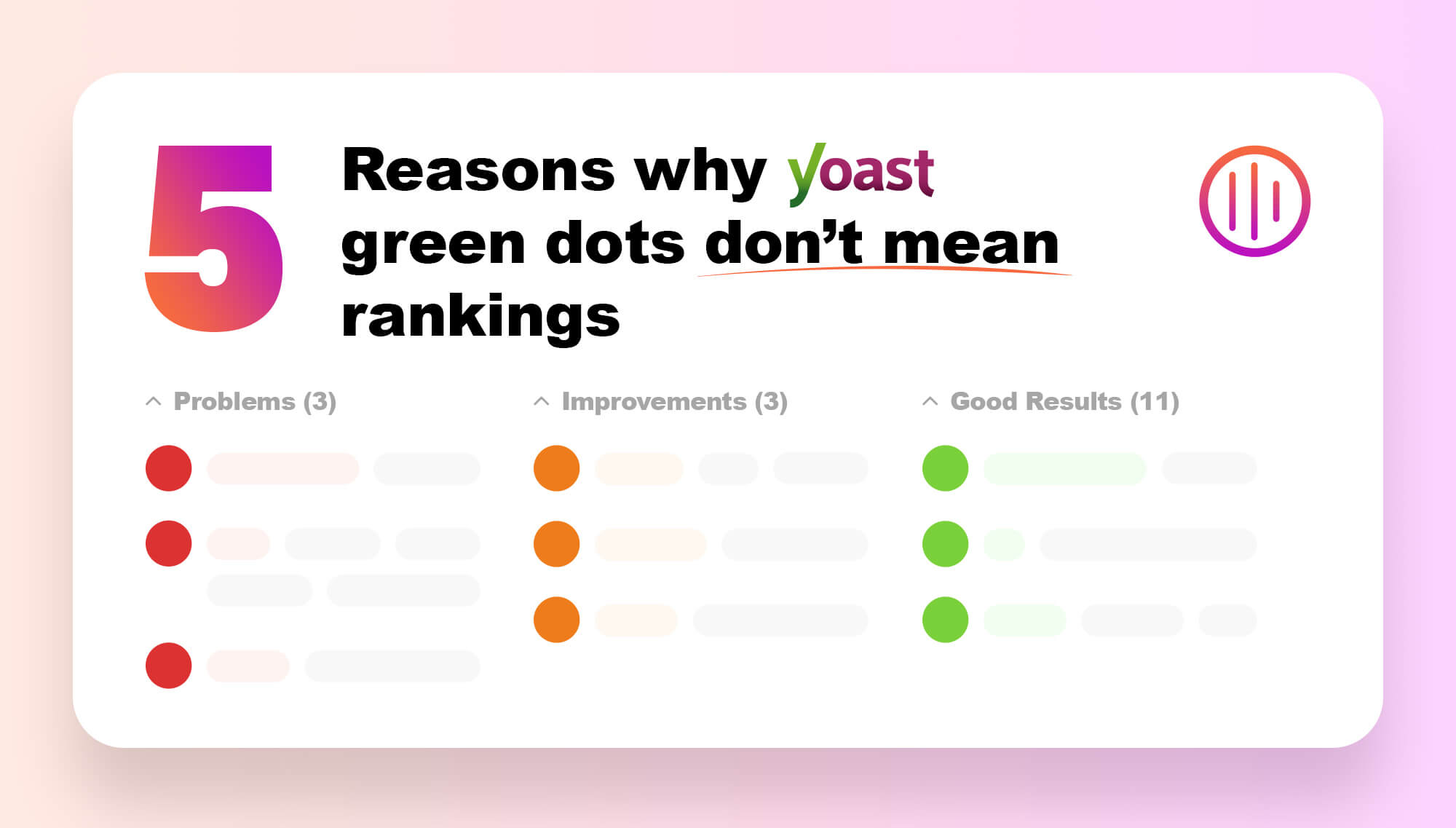The recent announcement of Google’s algorithm update, Hummingbird, has cast an inevitable (and understandable) shadow of doubt across many other SEOs, causing many to question what the changes will mean to them and their websites. In order to aid the successful planning of your SEO strategy and maximize your digital potential, we hope the following will clarify how the Hummingbird update could affect your rankings and outline measures you can take to adapt an SEO strategy that benefits as much as possible from the update.
Which mechanisms will Google use to achieve the relevance goal s of Hummingbird?
Conversational Queries – the update means that Google now deals better with conversational queries, which, considering the growing number of mobile search users and voice searchers, is of increasing necessity in the world of SEO. By interpreting longer phrases and question-type searches, no longer will the search engine rely on keywords alone. Instead it reduces conversational requests to a far more general term, based on the following types of searching intent.
Informational – the answer required is factual information eg. capital city of France.
Navigational – the answer required leads to a specific site, eg. RSPCA UK.
Transactional – the answer required leads to a tool, eg. a store locator.
With the above considered, it would be useful to try and determine the conversational phrases likely to be searched for when users seek services similar to yours and adapt your strategy accordingly. Be sure to classify the phrases into each of the three types; create academic and highly informative content to cover informational queries. Navigational queries concern your brand/product/website name, so you’ll rank higher if you’re mentioned in thematically connected articles to your type of business/product. Use the right content keywords to cater for transactional queries.
Synonyms & Co-occurring Terms – Another move towards achieving high relevancy is how Google may now determine the subject of a page by considering not only individual keywords, but their synonyms and the terms that appear with them simultaneously. Search results are shown now not only for the exact phrase given by the user, but for other terms that are considered to be relative to these phrases or words. A page purpose-built for a keyword that doesn’t keep in mind its synonyms at the same time, is likely to be replaced on Google’s list with a page from a more overall theme-relevant site that includes synonyms as well as keywords. Diversify your content and try to expand your keyword research, paying close attention to spelling variations, acronyms and other related words to your own keywords. Expand the scope of the synonyms you use by adding keywords that already bring traffic to your site. Google Webmaster Tools and Google Analytics can help with this, and you could also use SEO PowerSuite to identify synonyms and find keyword ideas.
Citation – Each time the appearance of a link to your site is found alongside that of your competitors, this serves as a direct indication to Google that you and the competitors also featured are in some way related. If the competitors already hold high esteem in your business niche, as far as Google is concerned your site will also appear to be a weighty representative of said niche. If you know your competitors, the changes you need to make should be pretty simple…ensure your brand gets mentioned alongside theirs and Google will know immediately that you’re related! If you don’t know them, then finding out is (thanks be to Google), also fairly easy. If it’s potatoes you sell, run a Google search for ‘top potato supplirs’, and it’s more than likely you’ll find a relevant list in the search results somewhere down the line. If you’re not on that list, ask the publisher to put you on it…at worst, they’ll say no. Search also for the competing brands that rank high for your keywords, and hey presto! More prospects for citation lay patiently in wait.
Anchor Texts – Despite the use of commercial anchor texts in links being an SEO faux pas, Google does still rely somewhat on back-link anchor texts in order to better understand site themes. To utilise this mechanism, for starters compile an inventory of your site’s internal links and identify any opportunities to optimise the anchor texts for relevant keywords. Ensure the external links’ anchors to your site are relevant and revise your anchor text strategy if needed. Remember – surround the links with keywords and synonyms to utilise Hummingbird properly!
Universal Search Listings – The Hummingbird algorithm will likely mean Google now shows more universal search results to your target users. More than ever before, this means that Universal Search provides an opportunity to outrank competitors and drive increased traffic to your website by using additional channels. Adapt your SEO strategy to this change by working out the types of search results that appear on Google for your main keywords; take some time to consider establishing yourself a Google+ local listing, and optimise your images for Google Images and videos for YouTube respectively.
Structured Data – To collect website information, themes and content, Google will also possibly also use what’s known as structured data. Use the maximum number of structured data properties that inform Google about your site (such as Google+ for authorship, or a Freebase listing will increase the chance of your site’s presence on the Knowledge Graph).
In a nutshell?
Hummingbird is all about the intent of Google users, and it is not a penalty-based update. The update is an overhaul of the way Google reacts to queries, letting the search engine identify the motivations behind a query itself, rather than the specific terms it is constructed of.
In SEO terms, this means website content should now be at the forefront of your strategic focus; it is hugely more important than ever before in that relevance is key. With the Hummingbird update comes an increased requirement for well thought-out content as opposed to meaningless and extraneous filler that’s drowning in keywords, and hopefully we have gone some way to showing you how to create exactly the kind of content a Hummingbird-friendly SEO strategy needs.





